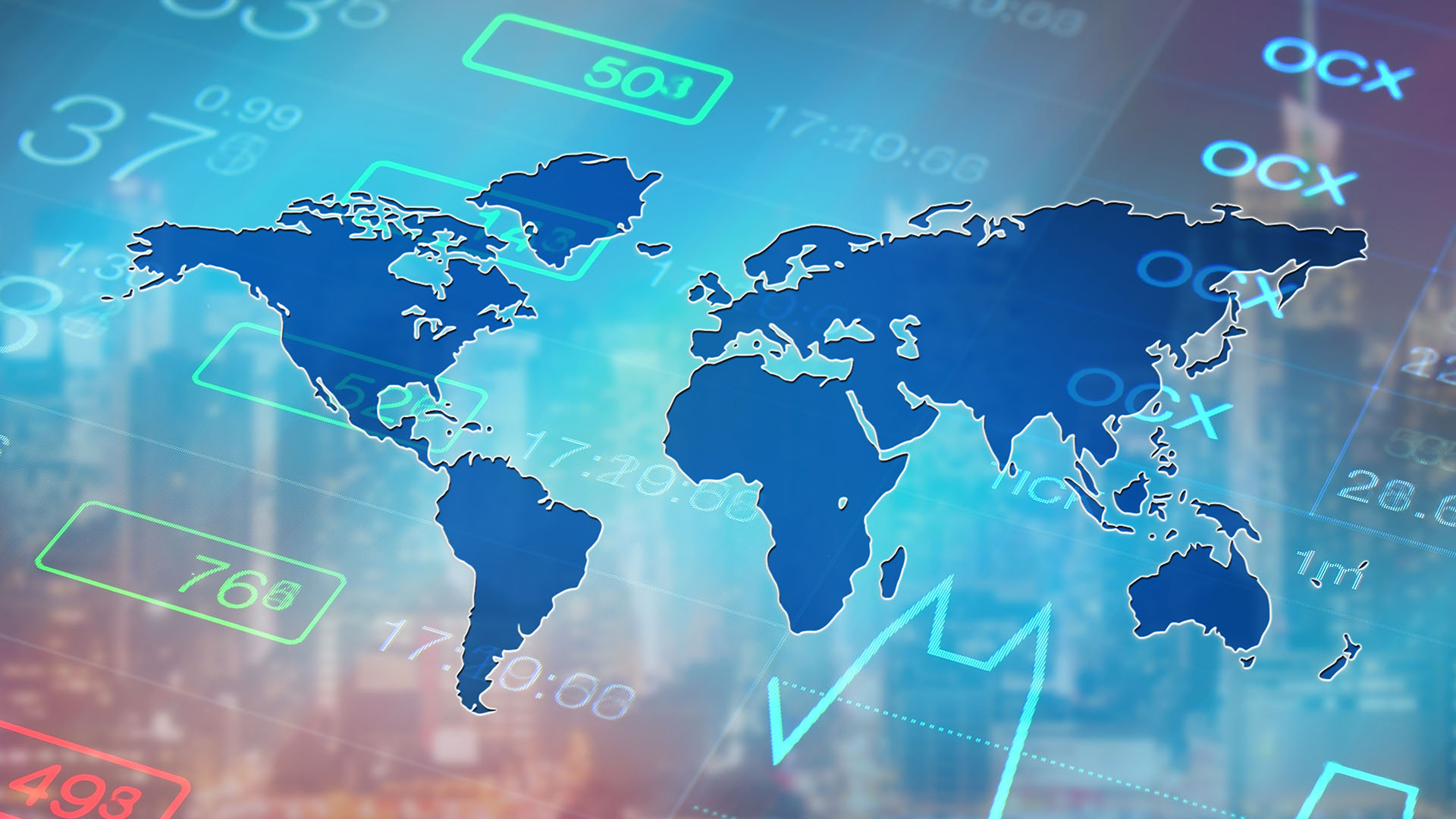Led by markets in the US, Japan, and Australia, world stock markets had their best week in nine months last week. Wall Street could now return to its July highs in the coming days after experiencing the best week of the year so far.
Interestingly, a columnist in the Weekend Financial Times explained that small US investors held their nerve during the rapid two- to three-day sell-off, unlike big investors who bolted faster than their yen carry trade could unwind.
Last week's rebound has pushed the sharp falls at the start of this month further behind. In around 10 days, share markets—especially in Japan and the US—have shifted from a “show me the cliff” mentality to a “buy, buy, buy” attitude.
There is now growing confidence in the view of moderate economic growth that allows for interest rate reductions without triggering another outbreak of inflation.
The coming weeks will see the dying embers of what has turned out to be an OK earnings season for the June quarter. Major data reports are not due until the end of the month, with the second update of June quarter GDP and the Fed’s favoured consumer price and spending measures. And, of course, Nvidia’s latest quarterly results on the 28th.
On Friday, the S&P 500 added 0.2% to 5,554.25, while the Nasdaq rose 0.21% to 17,631.72, and the Dow finished up 96 points, or 0.24%, at 40,659.76.
For the week, the S&P 500 added nearly 3.9%, marking its best week since November 2023. The Nasdaq surged 5.2%, while the Dow rose 2.9%.
Following last week’s recovery, the S&P 500 is now just 2% away from its mid-July record high.
Good inflation figures, solid retail sales, and a strong profit and revenue report (and upgrade) from retail giant Walmart gave investors more confidence to push prices higher.
“Data released over the past week has struck the right balance, being not too hot, nor too cold,” UBS Head of Investment for Global Wealth Management Mark Haefele wrote on Friday.
“This should help allay both concerns of a looming recession or that sticky inflation will hamper the Federal Reserve if swift rate cuts are needed to defend growth,” he added.
Nvidia shares stood out with a 17.2% leap over the week as confidence in AI returned. Apple and Microsoft added around 4% and 3%, respectively.
Two weeks ago today (5 August), the Dow dropped 1,000 points, and the S&P 500 had its worst day since 2022, as investors feared the Federal Reserve was too late to cut interest rates and that the economy was slipping into a recession.
Those fears were illogical and another example of investors getting ahead of reality and panicking.
The yen carry trade used by hedge funds was the real driver, as it undermined the Tokyo market and, in turn, sparked the global sell-off on 5 August, which then dribbled to a close a day or so later.
Since then, the S&P 500 has gained for seven days in a row as economic reports quelled recession concerns.
The Nasdaq had its best week since November 2023. US consumer sentiment rose more than expected in the early days of this month, as the market slide came and went without impact, according to the latest University of Michigan survey.
Eurozone shares rose 3.1%, Japanese shares gained 8.7%, and Chinese shares rose 0.4%, supported by hopes for more policy stimulus after more soft economic data. However, that hope has persisted for months without any significant assistance emerging from a government with its own agenda to build China into a global tech giant by the early years of the next decade.














